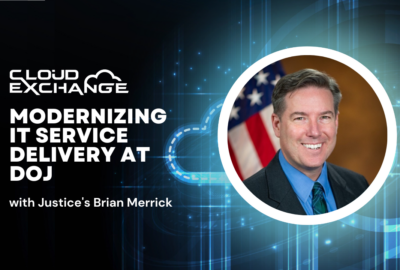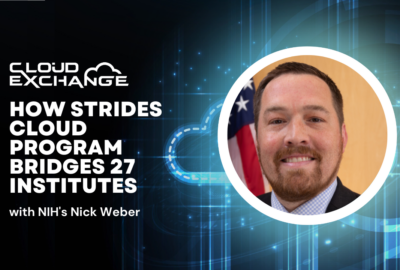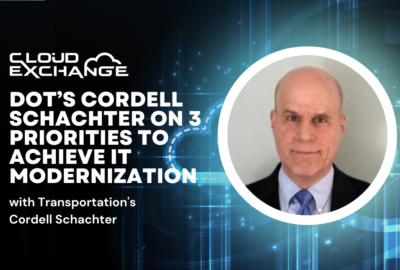

As agencies’ hybrid infrastructures make the delivery of high-level and edge services from the cloud possible, IT teams must apply consistent metrics to monitor...
Current modes of federal cloud computing sure don’t look like your father’s cloud. From basic data center replacement, agencies have moved to, “Hey, let’s use cloud for all these neat services,” points out Leidos’ Lakshmi Ashok.
Some of those neat services include improved citizen engagement, numerically intensive data analyses (previously done on super computers) and remotely delivered virtual reality training, said Ashok, vice president of enterprise management services at Leidos.
“And finally, we’re talking about edge solutions,” Ashok said during the Federal News Network Cloud Exchange 2023. “From arming warfighters at the edge to act quickly based on information instantaneously or giving a border security agent the right set of tools so that they can figure out whether somebody crossing over is a good actor or a bad actor, based on biometrics that can be processed right there within a handheld system.”
She cited a couple of developments as leading to these capabilities. First up are a plethora of new services from the cloud providers, Ashok said. Second, the move by agencies to compute infrastructure architectures that make use of clouds and of computers on the edge optimal. When taken together, these two developments minimize both application latency and excessive data transfer, she said.
The use of advanced cloud applications might be exciting, but they require careful planning accompanied by the continual use of metrics to measure effectiveness, Ashok cautioned.
She outlined four high-priority metrics that organizations should track:
Controlling costs is a matter of prioritizing what must move to or originate in the cloud, and then ensuring application design and hosting patterns minimize data movement or use cloud resources according to demand, not at a never-ending flat rate, Ashok said.
Ashok noted that agencies increasingly combine data analytics with artificial intelligence and machine learning. They apply these techniques to mission-related functions such as fraud detection or making predictions based on trends drawn from data. These strategies also apply to cloud computing itself and offer additional ways to optimize operations, she advised.
For example, “think about looking at workload scheduling,” Ashok said. An organization can configure workloads to start and stop depending on demand, which may vary in a day or throughout the year.
The analysis of cloud logs over time, for instance, might help an agency’s IT team “recognize a pattern of events that can lead to a failure or reduction of service availability,” Ashok said. Then, instead of having an unpleasant middle-of-the-night surprise, the team can anticipate what could go wrong and when and proactively take steps to avoid service hiccups or downtime.
Ashok cited two other data-powered cloud applications: detection of anomalies that forewarn of cybersecurity breaches and external user patterns that point to improvements to code into better workflows.
In such automated environments, agencies will have to move past a lift-and-shift mentality and building new technology stacks in the cloud for purposes of supporting old applications.
“The third way is something I prefer,” Ashok said. “Redefining the business logic and coming up with a great customer experience.” That approach almost invariably requires that organizations “start fresh” and build their applications in the cloud from the get-go, she said.
Leidos maintains a catalog of native cloud services from multiple vendors to ensure that such development in the cloud occurs securely, Ashok said. She said programming in security lets agencies update their processes for change control so that updates can happen continuously and allow for managing changes against the authority to operate process.
“We’re looking at security solutions like ATO acceleration,” Ashok said. “These become critical when we migrate to the cloud.”
To read or watch other sessions on demand, go to our 2023 Cloud Exchange event page.
Copyright © 2025 Federal News Network. All rights reserved. This website is not intended for users located within the European Economic Area.




Vice President of Enterprise Management Services, Leidos

Host, Federal Drive, Federal News Network

Vice President of Enterprise Management Services, Leidos

Host, Federal Drive, Federal News Network
Tom Temin has been the host of the Federal Drive since 2006 and has been reporting on technology markets for more than 30 years. Prior to joining Federal News Network, Tom was a long-serving editor-in-chief of Government Computer News and Washington Technology magazines. Tom also contributes a regular column on government information technology.
